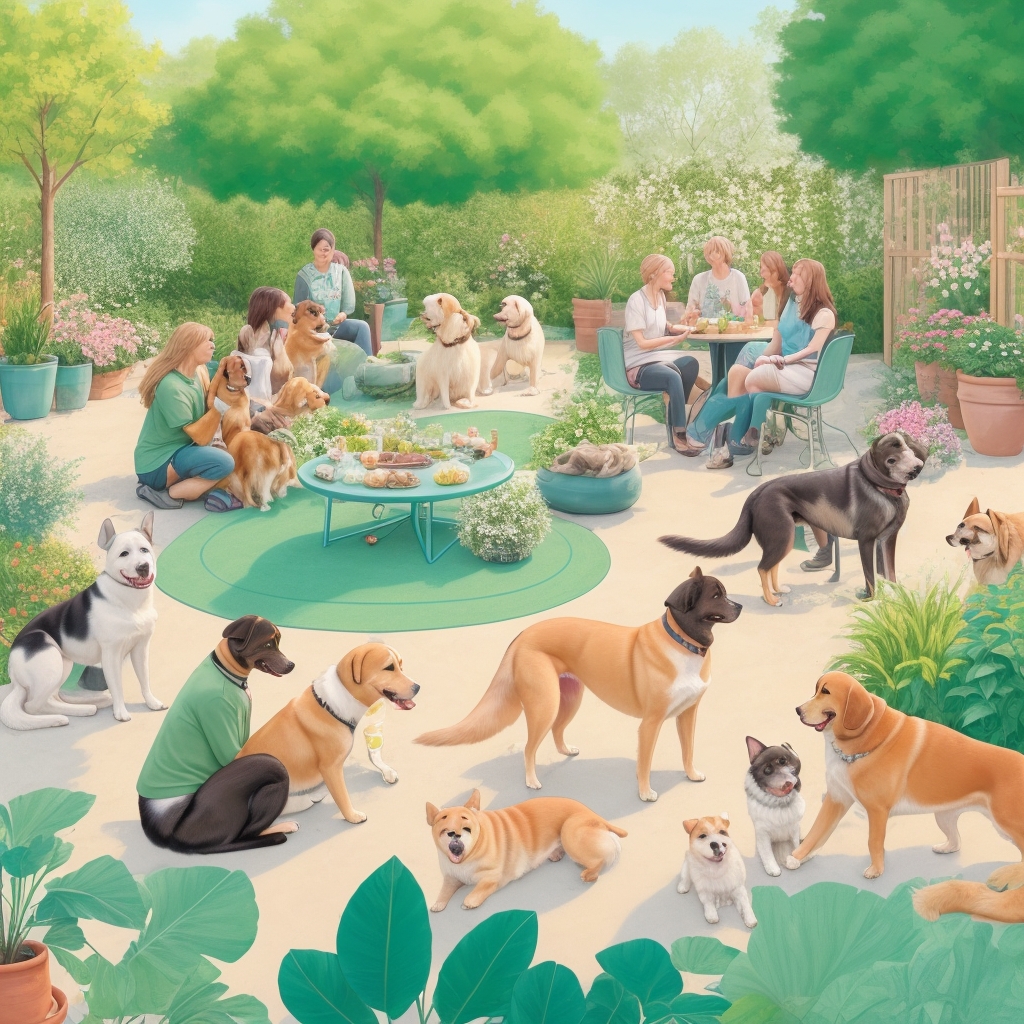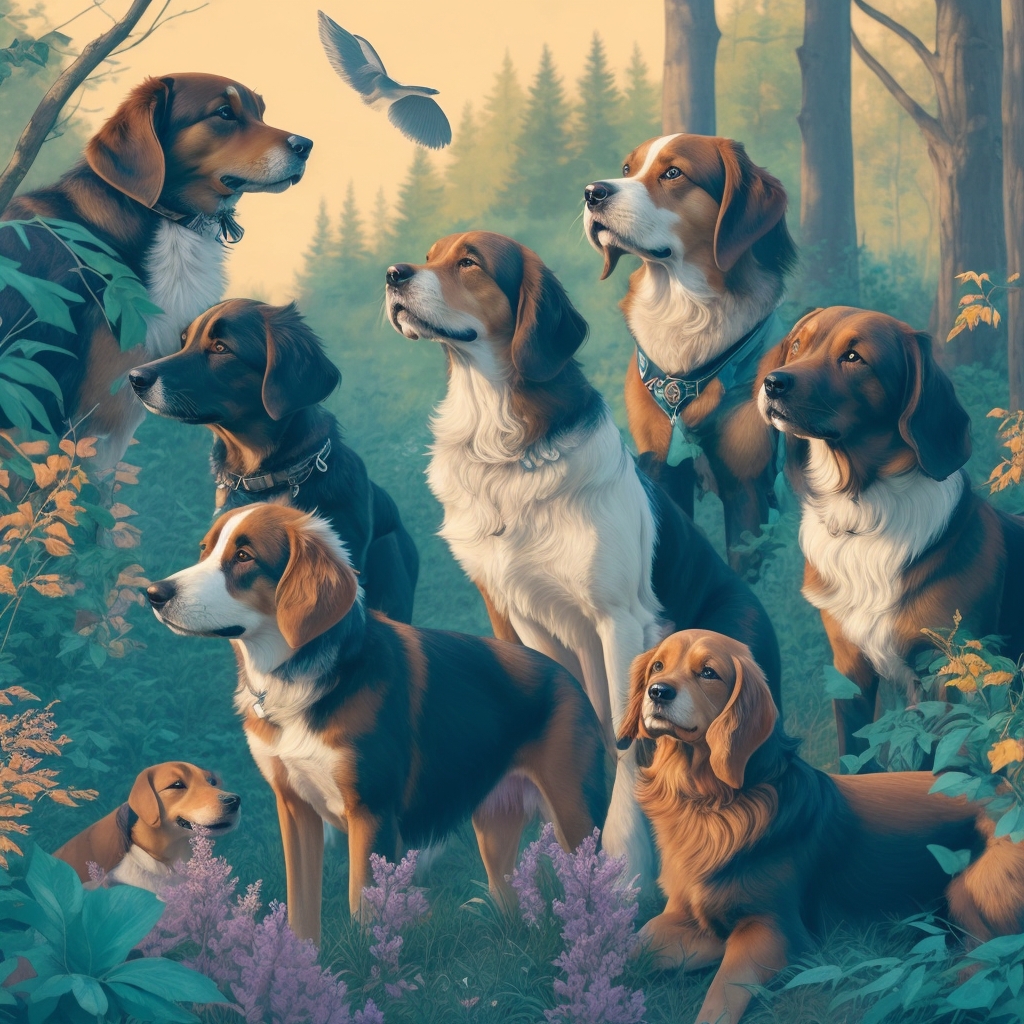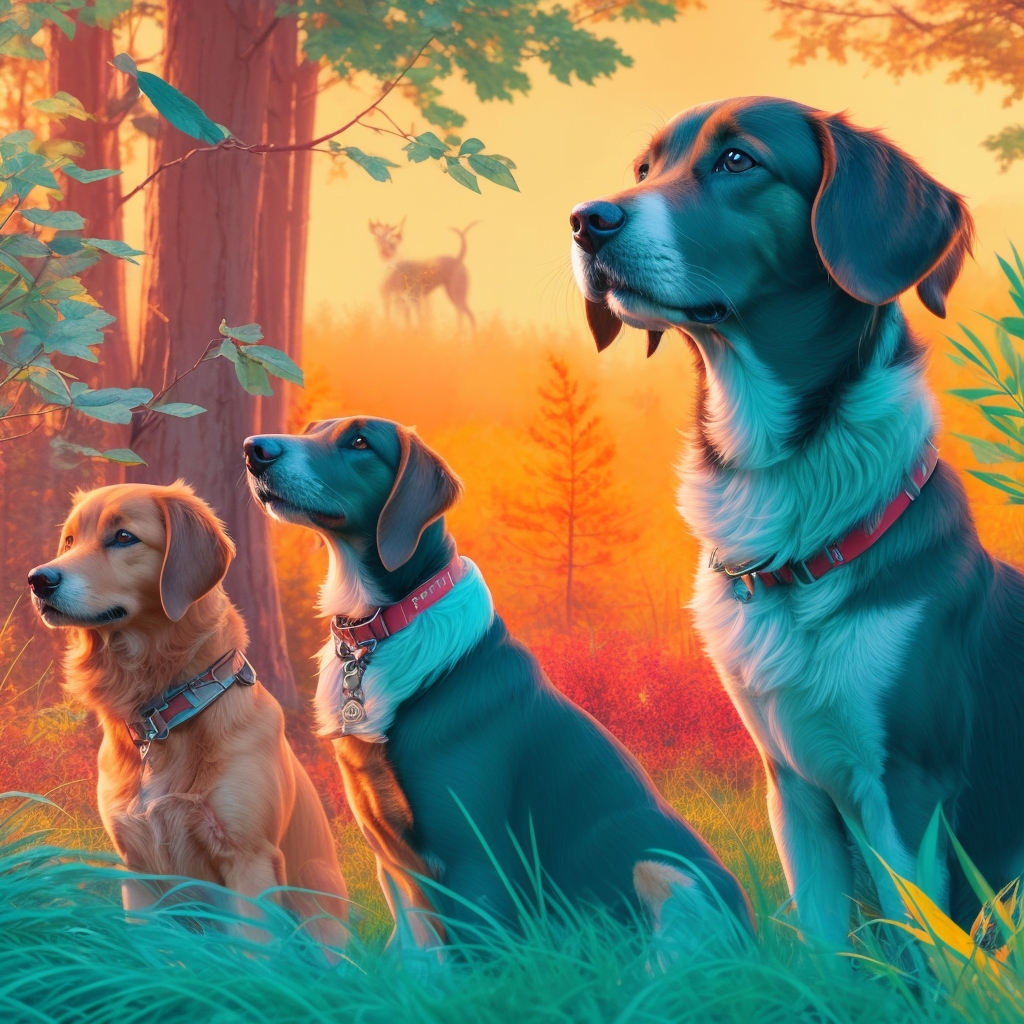Why This Guide Exists: Socializing the Four-Legged Family
Welcome to a journey of truly understanding the art of socializing dogs with other pets. This isn’t just another checklist; it’s for those of us who crave the deeper insights and subtle nuances that transform good intentions into genuinely great results. When I first started, I vividly remember fumbling through countless books that felt either far too generic or hopelessly academic. Frustratingly, they often missed the lived experience. So, I thought, why not create a guide that feels like we’re just chatting over a warm cup of coffee, sharing honest experiences and practical wisdom? Let’s dive into the heart of successful socialization, one paw at a time.
The Essentials: Building a Solid Foundation for Canine Social Skills
So, what’s the absolute first step to successfully socializing your dog? It all starts, quite simply, with understanding their unique personality. Dogs, much like us, have their quirks, their comfort zones, and their own little eccentricities. Some dogs are like that super extroverted friend who instantly loves everyone they meet, while others might take a good long while to warm up, preferring to observe from a distance. But here’s the fascinating thing though: every dog, regardless of their initial disposition, has the potential to get along with other pets. It just takes the right approach, a healthy dose of patience, and a keen eye for detail.
Decoding Dog Body Language: Your Canine Rosetta Stone
If you’re anything like me, you’ve probably spent hours just watching dogs interact. It’s surprisingly tricky to decode their body language at first, isn’t it? But once you truly get the hang of it, it’s like unlocking a secret language—your canine Rosetta Stone. Look for those tell-tale signs: a relaxed tail held in a neutral position or wagging in a wide, sweeping motion, soft, almond-shaped eyes, a loose, wiggly posture, and of course, the infamous play bow. These are all positive indicators that your dog is feeling comfortable and ready to meet a new friend. However, if their body stiffens, their tail tucks tightly between their legs, or you see “whale eyes” (where the whites of their eyes are visible), it’s a clear signal to slow down and give them space. Understanding these subtle cues is crucial for preventing stressful situations and ensuring positive interactions.
Introducing New Friends: The Slow and Steady Method Wins the Race
When it comes to introductions, patience isn’t just a virtue; it’s your best friend. I once had a client, Sarah, who was so eager to introduce her boisterous Labrador to her new, timid kitten. She rushed it, and well, let’s just say the kitten wasn’t impressed and ended up hiding for days. That’s a classic mistake many of us make! Instead, a tried-and-true method is to let them sniff each other through a barrier at first—think a child’s safety gate or even a sturdy crate. This creates a controlled environment where they can safely get a whiff of each other’s scent without the immediate pressure of direct physical contact. This “scent exchange” is a powerful, low-stress way to begin the bonding process.
Building Trust: The Next Steps in Socialization
Once those initial, positive scent introductions are over, it’s time to build on that good first impression. Short, highly supervised sessions are absolutely the way to go. Think of it like a series of brief, positive playdates with very defined start and end times. Over time, as both pets become visibly more comfortable and relaxed, these interactions can gradually become longer. It’s truly a marathon, not a sprint, and every successful short interaction builds a layer of trust.
The Power of Positive Reinforcement: Making Good Choices Stick
Here’s the thing about our furry companions: dogs and other pets are incredibly motivated by rewards, which is precisely why positive reinforcement is such an incredibly powerful tool. Whether it’s high-value treats, enthusiastic praise, or a favorite toy, consistently rewarding good behavior actively encourages them to repeat it. I’ve personally seen dogs light up and learn complex commands with astonishing speed at a simple, heartfelt “good boy!” or “good girl!”—it’s all about figuring out what makes them tick. In fact, research indicates that positive reinforcement boasts an impressive 89% success rate for teaching basic commands within two weeks, significantly outperforming aversive methods. What’s more, dogs trained with positive reinforcement show lower rates of aggression and anxiety, and even retain learned behaviors up to 30% longer.
Handling Setbacks with Grace (and a Plan B!)
Now, let’s talk about something that’s far more nuanced than it appears: setbacks. They’re completely normal, almost inevitable, and honestly, nearly every pet owner faces them. Maybe your dog growls or barks during a session, or perhaps one pet suddenly decides they’ve had enough. Instead of seeing this as a failure—which it absolutely isn’t—view it as valuable feedback. It’s like your dog’s way of saying, “Hey, I need more time, or this is too much for me right now.” Take a step back, reassess the situation, and try again later with a modified approach. Remember, the goal isn’t perfection, but consistent, positive progress. A recent 2024 report highlighted that behavioral issues are a primary cause of anxiety for 46% of owners after adoption, and contribute to 24% of pet relinquishments, underscoring just how common and challenging these moments can be. Don’t hesitate to adjust your strategy.
Advanced Insights: Mastering the Art of Socialization
Once you’ve got the basics firmly down, you’ll probably find yourself eager to tackle some more advanced techniques. One method I particularly love for dogs is parallel walking. It’s a clever technique where two dogs walk side by side but at a comfortable, non-threatening distance. This allows them to get used to each other’s presence, scents, and movements without the pressure of direct interaction. Over time, as they show relaxed body language, you can gradually reduce the distance between them. It’s a fantastic way to build a calm, respectful coexistence.
Recognizing When to Seek Professional Help
Sometimes, despite our absolute best efforts and all the patience in the world, things just don’t go as smoothly as we’d hoped. If your dog is persistently anxious, fearful, or aggressive, or if you’re struggling to make progress, it might be time to consult a professional. I’ve had countless cases where a fresh, expert set of eyes made all the difference. Certified professional dog trainers (CPDTs), veterinary behaviorists (Dip ACVB), or Certified Applied Animal Behaviorists (CAABs) can offer tailored advice, implement specialized techniques, and help you navigate your unique situation safely and effectively. Don’t view seeking help as a failure; it’s actually a sign of responsible pet ownership and a commitment to your pet’s well-being.
Common Questions: Addressing Your Concerns
Throughout this guide, I’ve tried to anticipate some of the questions you might have. But if you’re still wondering, “What if my dog’s still scared?” or perhaps, “Can older dogs really learn new tricks?”—the answer, unequivocally, is yes! Dogs are incredibly adaptable creatures, and with consistent patience, positive reinforcement, and the right approach, they can absolutely learn and adapt at any age. Early socialization is undeniably crucial, with studies showing that puppies appropriately socialized are less likely to develop fear or aggression as adults. However, lifelong socialization and continued positive experiences remain vital for maintaining a well-adjusted dog.
Personal Recommendations and Next Steps
As you embark on or continue this rewarding journey, always remember that every dog and every other pet is unique. What works beautifully for one might not be the perfect fit for another, and that’s perfectly okay. My personal recommendation, and something I’ve found incredibly helpful, is to keep a simple journal of your progress. Not only does it help you track what works well and what doesn’t, allowing you to fine-tune your approach, but it’s also a beautiful, tangible reminder of how far you and your pets have come together.
If you’re ready to take the next step, consider attending a local, positive-reinforcement dog training class. It’s a fantastic way to learn new techniques from certified professionals, meet like-minded folks, and provide invaluable supervised socialization opportunities for your dog. With 94 million U.S. households owning at least one pet in 2024, and dog ownership accounting for 51% of those, you’re certainly not alone in this journey! And with the U.S. pet daycare market valued at $1.7 billion in 2024, there’s a clear and growing focus on pet socialization and structured activities, highlighting the importance of these efforts.
And there you have it—a guide that I sincerely hope feels both comprehensive and genuinely approachable. Here’s to many happy playdates, harmonious homes, and the blossoming of beautiful new friendships among your cherished four-legged family members!
Tags:
- dog socialization
- pet introductions
- positive reinforcement
- dog training techniques
- pet behavior
- animal communication
- training setbacks
- advanced dog socialization







